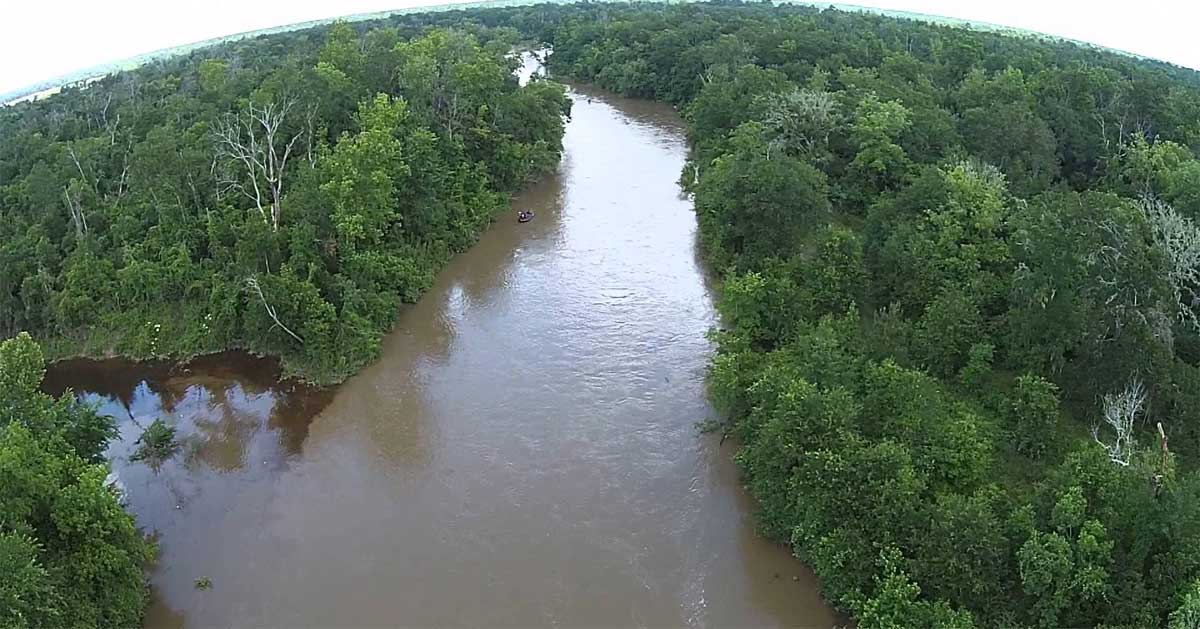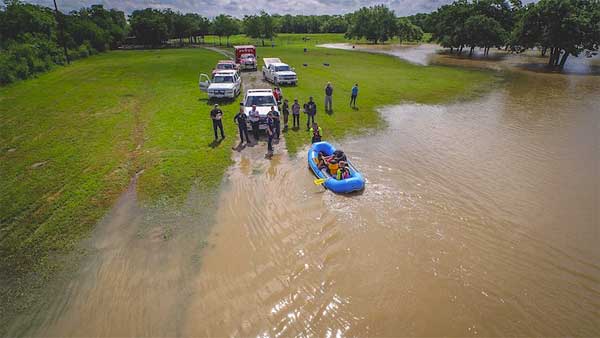
Beyond Futuristic Cameras
Beyond Futuristic Cameras

Drones for search and rescue are unmanned aerial vehicles and platforms used by emergency or volunteer rescue teams in order to conduct searches over vast areas. The search and rescue tasks can focus on locating missing people, crime victims in need of rescue, lost vehicles, supply of provision to people in distress or imminent danger, and so on.
Most search and rescue operations are urgent by nature, which means that every second counts. The aerial view enables teams to get a fast and comprehensive look over an area, taking the necessary response actions as efficiently as possible. The aerial movement doesn't have to cope with physical ground obstacles, access roads or proper ground vehicles.
Drones can operate successfully in bad weather conditions without risking pilots' lives. They transmit high quality imagery to their base in real time, so that team members don't have to enter dangerous areas for analyzing the situation. Furthermore, their thermal equipment can assist in searches for missing persons, by identifying people in forests, fields, etc.
The infrared (IR) thermal imaging cameras attached to the unmanned vehicles can detect human body heat. This means that drones can find people at night or over smoke covered areas and rescue them. So after a disaster or incident occurs and threatens lives, emergency teams get real-time imagery, making the best decisions and saving precious time.

